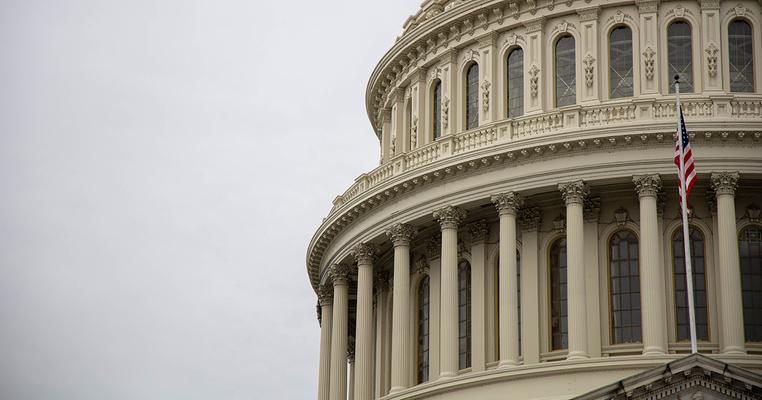
Government 101: What Is Public Policy
Let’s get right to it!
We use the word “policy” to mean a variety of things in a host of contexts, which can make figuring out exactly what someone means when they’re talking about a “policy” in terms of government somewhat difficult.
When we talk about policy in the context of government, we also often use the term “public policy” because it tends to be broadly encompassing. In the US federal government, public policy generally refers to actions taken by any branch of the government, which includes laws, rules, regulations, executive orders, and legal precedents.
To simplify, we’ll use “public policy” and “policy” interchangeably to talk about laws, regulations, and executive orders in the United States.
Some more definitions before we dive in:
A federal law is a bill that has passed both houses of Congress, and been signed by the president, passed over the president’s veto, or allowed to become law without the president’s signature. Individual laws are often called “acts.” Federal laws are created by the Legislative Branch of the federal government (Congress).
A regulation is a rule made by Executive Branch agencies and departments with the authority granted to them to do so by Congress. Executive agencies must have Congressional authority to regulate something before they can propose a rule to do so.
An executive order is an official directive from the US president that has the force and effect of law. According to the Congressional Research Service (CRS), there is no direct definition of executive orders and no specific provision in the Constitution authorizing their issuance. However, they generally are “directed to, and govern actions by, Government officials and agencies.”
An executive order cannot appropriate funding or create a new law, only Congress can do that.
How a Policy is Adopted
Legislation
Vox made a video about how a bill actually becomes a law these days. It’s a more cynical but perhaps more realistic take on Schoolhouse Rock.
A bill is considered adopted when identical versions of the bill are passed in both the US House of Representatives and Senate and signed by the president (or passed over the president’s veto or allowed to become law without the president’s signature). A bill is considered “enacted” if it has checked all of these boxes and will then become law.
A concurrent resolution is considered adopted when identical versions of the resolution are passed in both chambers of Congress. Meanwhile, a joint resolution is adopted when identical versions of the resolution are passed in both the House and Senate and signed by the president, just like a bill.
A simple resolution is adopted when it passes the chamber it was introduced in.
Regulations
Regulations are adopted after going through a regulatory process (which we will explain in full tomorrow, so be sure to check back for more). Final rules are typically considered effective no fewer than 30 days after being published. Agencies must also publish in the final rule how the Code of Federal Regulations (CFR) is changed by the new regulation.
Executive Orders
An executive order is “adopted” essentially when it is created – when it is signed by the president and made public by the White House.
Key Takeaways
- When we say “policy,” we are talking about actions taken by any branch of the US federal government.
- These actions fit broadly into three categories: laws, rules/regulations, and executive orders.
- Laws, regulations, and executive orders take different paths to adoption.
Now, Do Your Part
Let’s face it: every US election is important. But this one is the most important election of our generation.
Because our voting accessibility is in crisis. Our climate is in crisis. And our health is in crisis, with COVID-19 sweeping the globe.
Now more than ever, it’s time to protect what matters.
For your country. For your world. For your future.
Shouldn’t you have a say?
Register to vote and #TurnOutForTomorrow on Election Day.
Because the future of your world is on the line. And you shouldn’t leave it to someone else.
Be sure to check back tomorrow for part two of our policy explainer series, which will describe the at-times-complicated process of how policies are developed and enacted.

